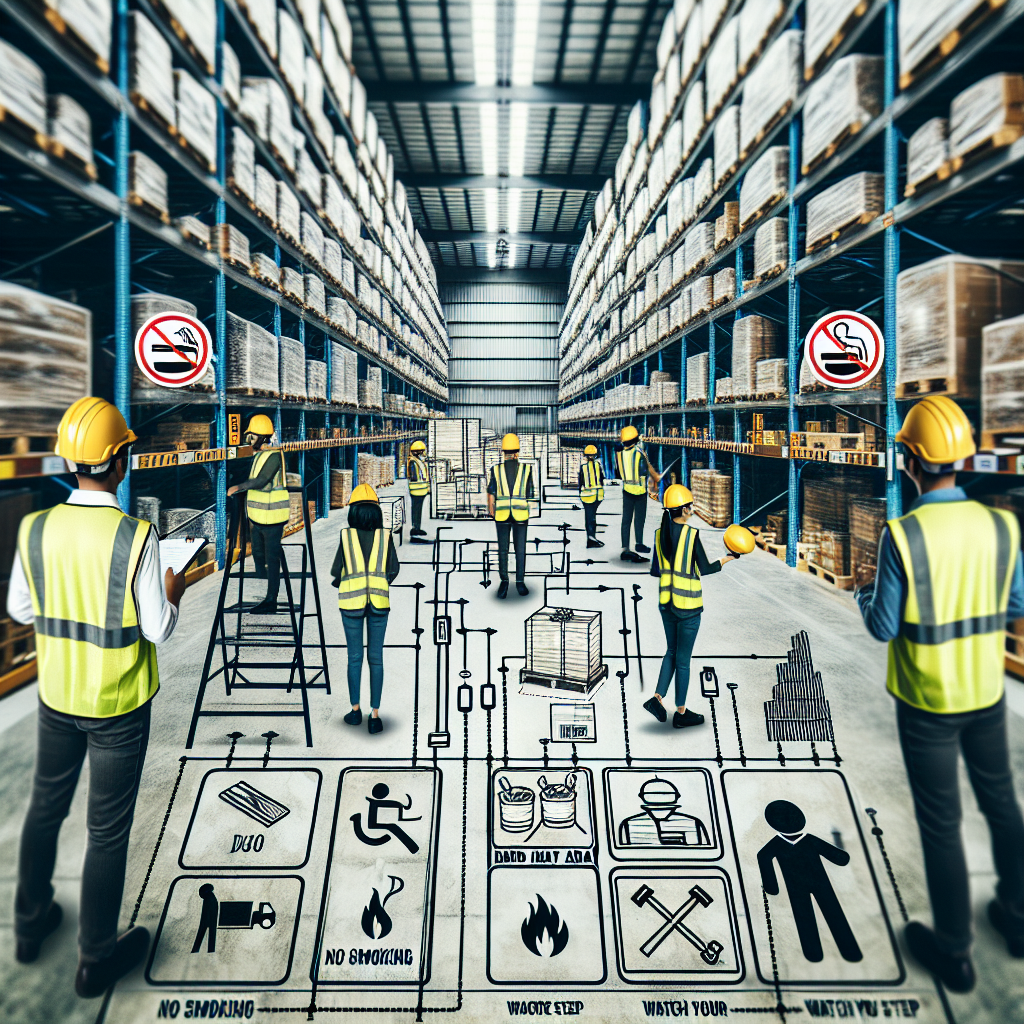In the fast-paced world of warehouse operations, efficiency is paramount. Yet, amid the hustle and bustle, it is vital to remember that safety should always come first. A safe working environment not only protects employees but also enhances productivity and boosts morale. This article delves into essential safety guidelines that every warehouse should implement to safeguard its workforce and optimize operations.
The Importance of Warehouse Safety
Warehouses are often bustling hubs of activity, employing heavy machinery, and handling vast quantities of goods. With so much going on, the potential for accidents can be high. According to the U.S. Bureau of Labor Statistics, warehouse-related injuries are disturbingly common, making a strong case for prioritizing safety.
Creating a culture of safety goes beyond compliance with regulations; it fosters a sense of responsibility and care among employees. When workers feel safe, they are more likely to be engaged, which ultimately leads to improved productivity and lower turnover rates.
Key Safety Guidelines for Warehouse Operations
Implementing effective safety guidelines is crucial for any warehouse operation. Below are several essential practices to consider:
1. Regular Safety Training
Training is a cornerstone of warehouse safety. Regular safety orientations and ongoing training sessions help ensure that employees are aware of potential hazards and know how to handle them. Topics should include:
- Proper lifting techniques
- Equipment operation and safety
- Fire safety protocols
- Emergency evacuation procedures
Investing in your employees’ safety education not only protects them but also demonstrates your commitment to their well-being.
2. Proper Use of Equipment
Heavy machinery is a necessary part of warehouse operations, but improper use can lead to serious injuries. Ensure that all employees are trained to use forklifts, pallet jacks, and other equipment safely. Regular maintenance and inspections of machinery are also essential to prevent malfunctions that could cause accidents.
3. Clear Signage and Markings
Visibility is key to maintaining a safe work environment. Use clear, visible signage to convey important safety information, such as:
- Hazardous areas
- Emergency exits
- Equipment operation instructions
Additionally, floor markings can help designate pedestrian walkways, equipment paths, and loading zones, minimizing the chances of collisions.
4. Personal Protective Equipment (PPE)
PPE is essential for protecting workers from potential hazards in the warehouse. This includes gloves, safety glasses, hard hats, and steel-toed boots. Ensure that all employees have access to the necessary PPE and that they understand how to use it effectively. Regularly inspect and replace worn or damaged gear.
5. Maintain Clear Aisles and Workspaces
Cluttered aisles and workspaces can lead to slips, trips, and falls. Implement a strict housekeeping policy that encourages employees to keep their work areas tidy. Regularly schedule cleaning and maintenance to ensure that all pathways are clear and equipment is stored properly.
6. Implement a Reporting System
Encouraging employees to report safety concerns fosters a proactive safety culture. Implement a straightforward reporting system where workers can easily communicate potential hazards or incidents. Regularly review and address these reports to demonstrate your commitment to safety and to improve warehouse conditions continually.
7. Emergency Preparedness
No one can predict when an emergency will occur, so being prepared is essential. Conduct regular drills for fire evacuations, severe weather emergencies, and equipment failures. Ensure that all employees are aware of emergency procedures and know where to find emergency equipment such as fire extinguishers and first-aid kits.
Building a Safety-First Culture
Creating a safety-first culture in your warehouse takes time and commitment from all levels of the organization. Leadership should lead by example, prioritizing safety in every decision and reinforcing its importance with employees. Recognize and reward safe practices, and encourage teamwork in identifying and solving safety issues.
Conclusion: Safety as an Investment
Investing in safety is not just a regulatory requirement; it’s a moral and financial imperative. By implementing comprehensive safety guidelines in your warehouse operations, you are protecting your most valuable asset—your employees. A robust safety culture enhances productivity, reduces operational costs, and creates a positive work environment where everyone can thrive. Remember, when safety comes first, everyone wins. Let us all commit to keeping our warehouse operations safe for all.


